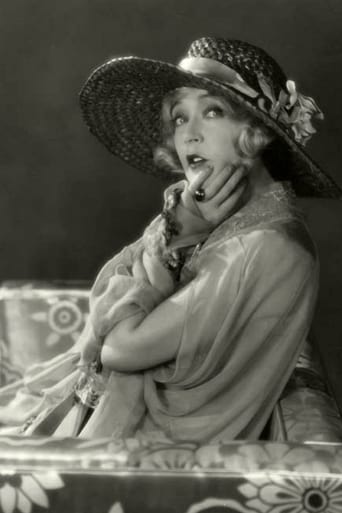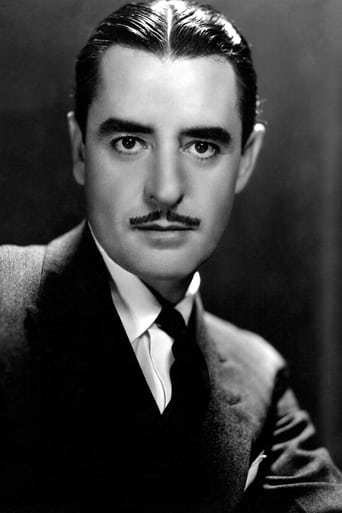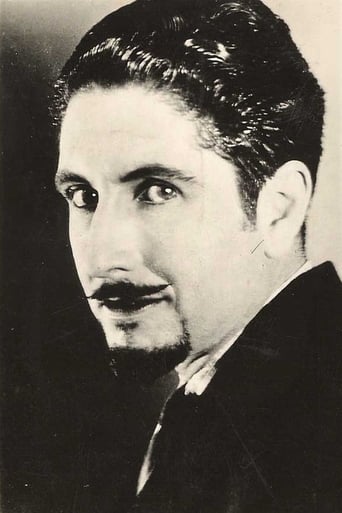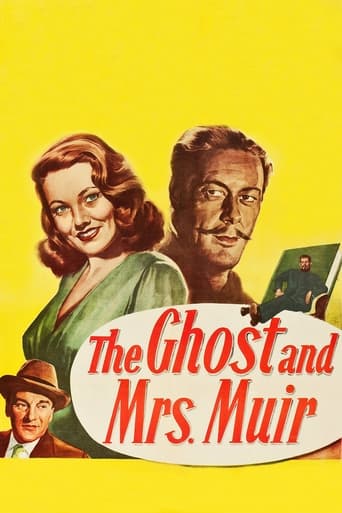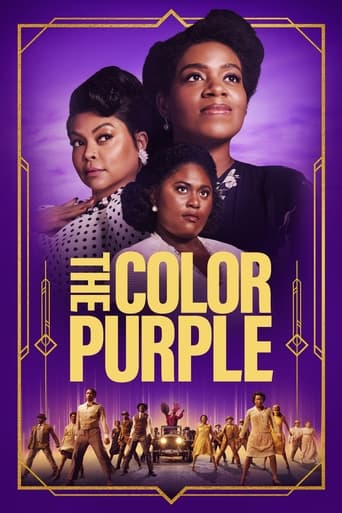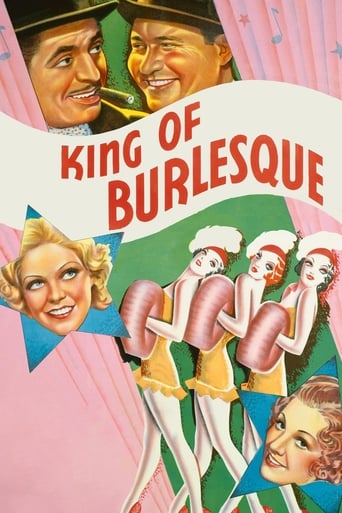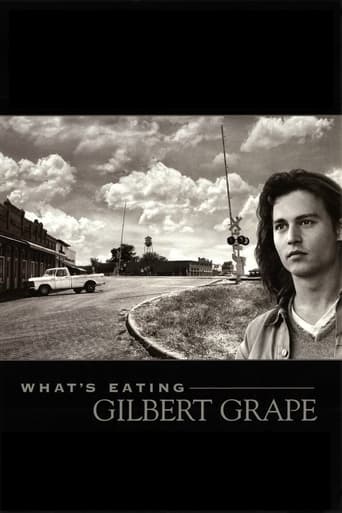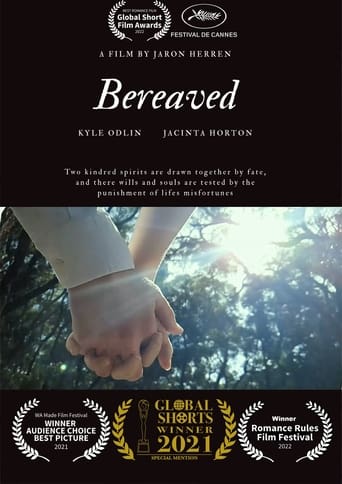
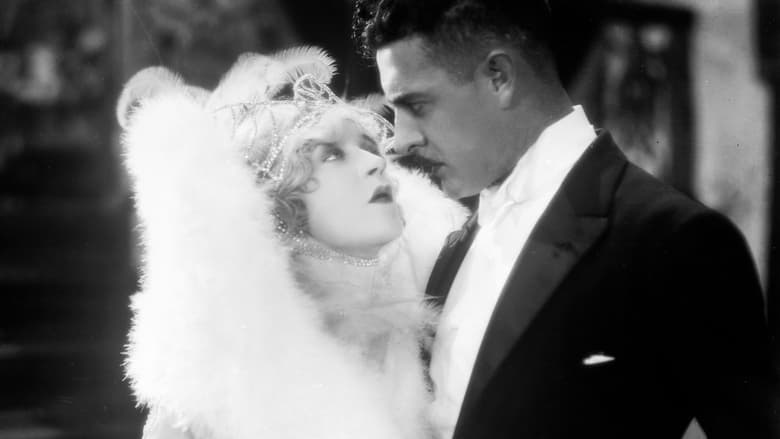
The Merry Widow (1926)
When Prince Danilo falls in love with American dancer Sally O'Hara, his uncle, King Nikita I of Monteblanco, forbids him to marry her because Sally is a commoner. Thinking she has been jilted by her prince, Sally marries wealthy Baron Sadoja. When the elderly man dies suddenly, Sally must be wooed all over again by Danilo.
Watch Trailer
Cast
Similar titles
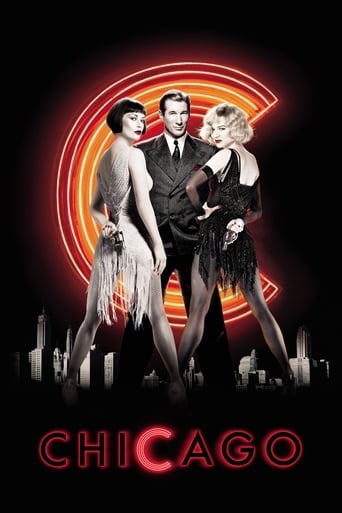
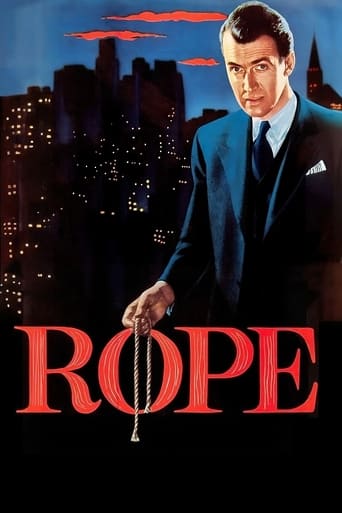
Reviews
I love this movie so much
Expected more
Fanciful, disturbing, and wildly original, it announces the arrival of a fresh, bold voice in American cinema.
Good films always raise compelling questions, whether the format is fiction or documentary fact.
A prince must woo the now wealthy dancer he once abandoned in order to keep her money in the country in order to keep it from crashing economically.I have never seen the opera, nor any other version of this story, but I feel like this has to be the definitive version, or as close as possible. The elegance of the silent film, the long run time (which doesn't seem that bad). And two great stars of the era: John Gilbert and Mae Murray (though they may not be known outside of movie nerd circles).Everything about this is great from the facial expressions to the costumes. The balance of royalty and a more or less common dancer... these are the sorts of stories that cannot be told anymore.
"Manhattan Follies" dancer Mae Murray (as Sally O'Hara) attracts much male attention while touring the "Kingdom of Monteblanco," especially from sexually aggressive John Gilbert (as Danilo Petrovich) and Roy D'Arcy (as Prince Mirko). Soon, Mr. Gilbert's lunging leers turn to love, and Ms. Murray succumbs to his charms. However, Royal rulers Josephine Crowell (as Queen Milena) and George Fawcett (as King Nikita I) are against Gilbert's proposed marriage. Feeling jilted, Murray marries grotesque banker Tully Marshall (as Sixtus Sadoja), who promptly kicks the bucket. Newly rich, Murray becomes "The Merry Widow" of Paris. There, Mr. D'Arcy seems to win her affections, but Gilbert hasn't given up the courtship.With this film, big-spending director Erich von Stroheim showed he could make an entertaining and innovative crowd-pleaser; his previous "Greed" (1924) had run over-budget (and over eight hours). But, although they had their hoped-for hit, MGM had also had enough of Mr. Stroheim; still, he departed on a high. "The Merry Widow" also helped rejuvenate Murray's fading career, albeit briefly. The cast is superlative, with D'Arcy essaying one of his most memorable roles. Perfectly representing Stroheim's famous foot fetish, Mr. Marshall is one of silent filmdom's forgotten treasures. Most of all, the flicker put Gilbert on the road to superstardom, which he cemented with a winning performance in "The Big Parade" (later in 1925).Spotting Clark Gable and Joan Crawford as extras isn't as easy as counting Stroheim's foot references.******** The Merry Widow (8/26/25) Erich von Stroheim ~ Mae Murray, John Gilbert, Roy D'Arcy, Tully Marshall
I know that the film suffered from directorial changes back and forth, with Stroheim fired, replaced by Monte Blue, then rehired. The direction is the problem here. The film wanders, boringly and aimlessly, until Gilbert's love for Murray is suddenly kindled in the seduction scene. Suddenly Murray shows us that she can act and Gilbert's pop-eyed stare finds a purpose. Until then, the film has been a series of vaguely related scenes, fading out in what becomes a predictable mannerism. Then, it picks up pace. Gilbert's leaving Murray at the altar (actually in her room all dressed up in her gown) is implausible, as is his later belief that she really prefers the constantly leering Crown Prince D'Arcy. (Didn't his face hurt after a while?). But the duel scene is gripping and the suspension of its outcome effective. Lehar's score, as played and played by the organ, became a bit repetitive. But it called attention to itself primarily because a lot of the film should have tasted the cutting room floor. This one needed a ruthless editing. The scenes in which the king and queen pry apart the enraged cousins, Gilbert and D'Arcy,are hilarious however. I don't think, though, that they were meant as farce.
Superb film by Erich von Stroheim who "personally directed" this lush and romantic blockbuster starring Mae Murray and John Gilbert.Gilbert plays a European prince who falls for American "danseuse" Murray. Of course his leering cousin the Crown prince (Roy D'Arcy) also has a yen for blonde Murray. The boys clash but Murray prefers Gilbert until he is tricked into jilting her at the altar. She then marries the nation's leading banker (Tully Marshall) who has a foot fetish. He croaks of their wedding night and she becomes "The Merry Widow," a notorious party goer and high liver.The lovers meet again at Maxim's in Paris where Murray pretends to prefer the oozing D'Arcy. Gilbert gets drunk. On a morning horse ride Murray and D'Arcy come across Gilbert sprawled drunk by the roadside. In a fit, Gilbert strikes the loathsome prince and is challenged to a duel. Murray races to the fog-ridden gunfest but Gilbert has already been shot.Von Stroheim, notorious for his excesses in GREED is more constrained with THE MERRY WIDOW but still manages some startlingly decadent touches. Murray is fabulous as a the dancer and gets one whole routine to herself a la Martha Grahame as well as the striking and sensual waltz with Gilbert. Gilbert seethes with masculinity and lust for Murray. They are quite a couple. Von Stroheim gives each star maximum close-ups to great effect. Murray has two grand entrances: one in black gown and diamonds for a royal ball; a second all in white fur cape and feathers for her entrance at Maxim's.The film is highly dramatic, romantic, and sensual but manages touches of humor. A real feast. George Fawcett is the old king; Josephine Crowell is the queen.In 1925 John Gilbert would have been a shoe in for a best actor Oscar between his performances in THE MERRY WIDOW and THE BIG PARADE. Murray would likely have been a best actress contender. Great film.
